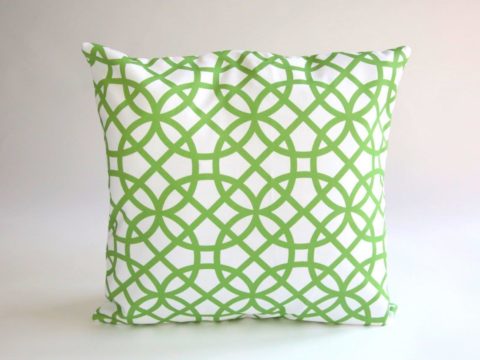Elizabeth Tudor and Mary Stuart
Ideas of queenship in the sixteenth century
Chapter 4 : Scotland
When Mary Stuart returned to Scotland from France in 1561, she faced a very different situation from that of Elizabeth. Her gender was tied to her Catholicism, and to schisms in the country. And she was of course faced with Knox himself, claiming that to put a crown on a woman’s head was as inappropriate ‘as to put a saddle upon the back of an unruly cow’ – ‘the subversion of good order, of all equity and justice’.
It was, he wrote, ‘a thing most repugnant to nature, that women rule and govern over men.’ Women in general were ‘weak, frail, impatient, feeble and foolish: and experience hath declared them to be inconstant, variable, cruel and lacking the spirit of counsel and regiment’. Unfortunately, Mary’s enemies could find evidence that seemed to suggest she fitted the stereotypes precisely - and never more seriously than in her marital choices, and her marital difficulties.
The question of a consort has always been a challenging one for powerful women. Any marriage of a queen regnant offered an insuperable problem: whose would be the mastery? Elizabeth I had written hastily to fellow sovereigns on her accession to explain that the she would not necessarily continue the quarrels of her sister’s day. Then, after all, ‘nothing was done on the part of England but with the privity and direction of the Ministers of the said King [Philip].’ The unmarried Elizabeth, by contrast, was ‘a free princess’.
John Aylmer had tried to argue: ‘Say you, God hath appointed her to be the subject to her husband… therefore she may not be the head. I grant that, so far as pertaining to the bands of marriage, and the offices of a wife, she must be a subject: but as a Magistrate she may be her husband’s head’. She could be his inferior in ‘matters of wedlock’, and yet his leader in ‘the guiding of the commonwealth’, he claimed. But such a distinction would be almost impossible to make, in practical terms - and so Mary Stuart found.
Her first marriage, to the French Dauphin (and briefly King) Francois had cast her in the role for which she had been reared: that of consort to a more powerful king. Within weeks of her marriage to Lord Darnley it was apparent that he expected, however unrealistically, to relegate her to the same position, demanding not only the Crown Matrimonial to back up his empty title of King, but recognition of his sovereignty from the other crowned heads of Europe.
This was the impetus behind his connivance in the murder of Mary’s secretary, David Rizzio. When Darnley was himself murdered Mary’s turning for support to the Earl of Bothwell - suspected of being the murderer - looked like a demonstration of womanly weakness of the worst kind. Queen Elizabeth’s letter to her sister queen clearly showed she too feared Mary was letting down the side:
‘For the love of God, Madam, use such sincerity and prudence in this case that all the world shall have reason to pronounce you innocent . . . if you do not, you would deserve to fall from the ranks of princesses and rather than that should happen to you, I would wish you an honourable burial than a soiled life.’
In the weeks ahead Bothwell’s domination over Mary seemed once again to drive the point home. And as Mary, deprived of her crown, fled south over the border to England it is hard not to feel that gender stereotypes continued to come into play. The ‘Casket Letters’ - almost certainly essentially forgeries, created or adapted to present her as an adulterous murderess - cast her as weak Eve’s sinful daughter. Just what John Knox had always suspected female rulers to be.
Conclusion
It was Mary’s ambassador Melville who gave the most interesting summation of Elizabeth. ‘I know your stately stomach’, he told her. ‘You think if you were married, you would be only a queen of England, and now ye are king and queen both.’ By contrast, Elizabeth’s envoy to France had once - in the early days, before they’d seen the damage Mary’s weakness could do - been among those who lauded her useful feminine pliability.
But the fact is, they both faced the same problems, not least a set of contemporary assumptions that permitted of powerful women, yes, but only within some often contradictory proscriptions and assumptions. Mary tried and failed to pick her way through the maze. Elizabeth succeeded better - but at the cost, of course, of leaving her country without an heir of her body.
The real question is, if we looked at them closely, how many of those sixteenth-century assumptions still have relevance today. There is much current debate on the ‘use’ of history - its applicability as a source of helpful lessons on current politics. And here is one instance where the past may indeed have some things to say . . .
Sarah Gristwood is the author of The Queen’s Mary, published by Endeavour Ink on 4 September 2017, and of Game of Queens, published in paperback by Oneworld on 7 September 2017.





